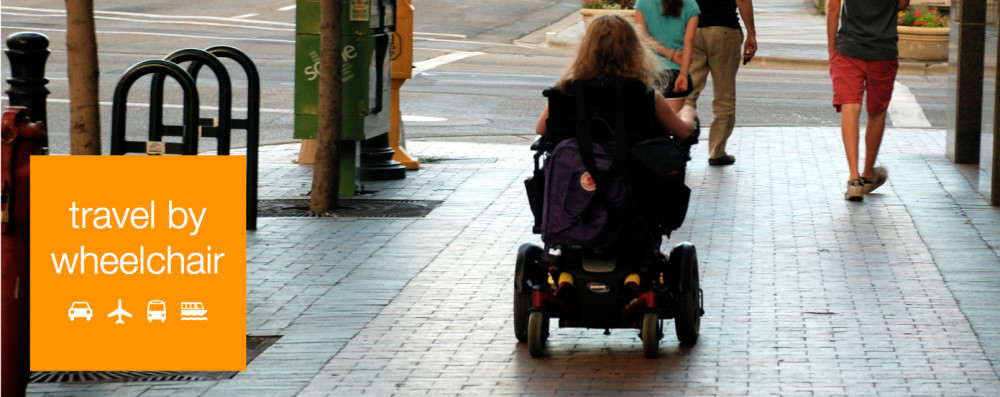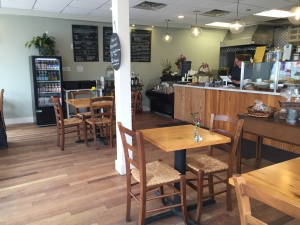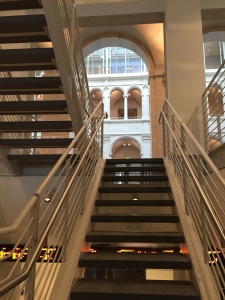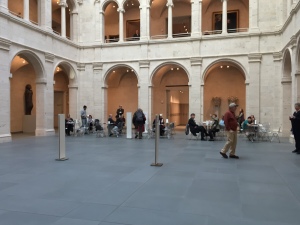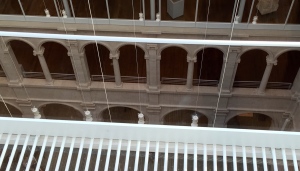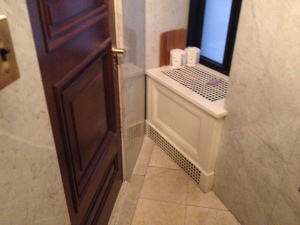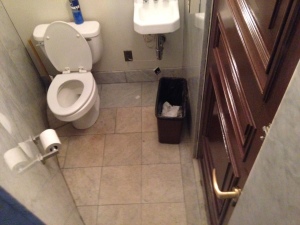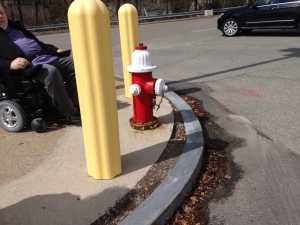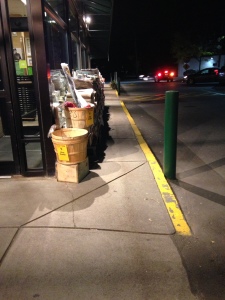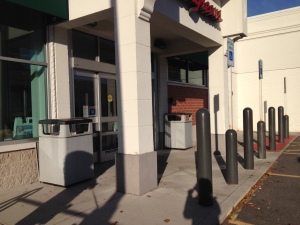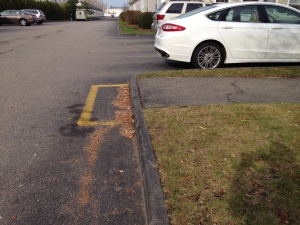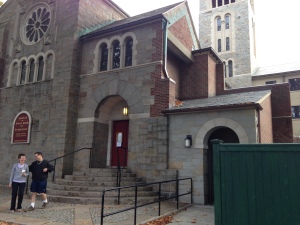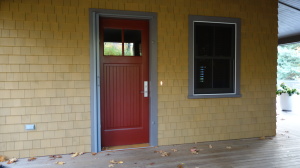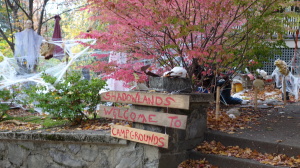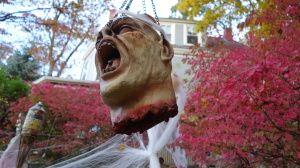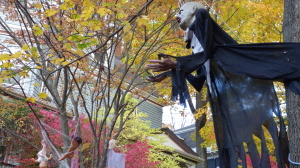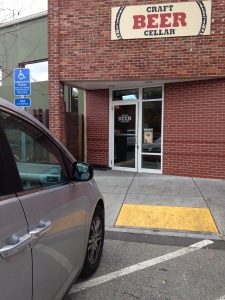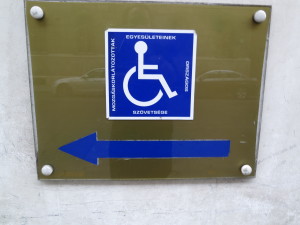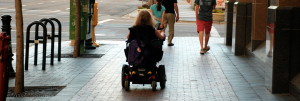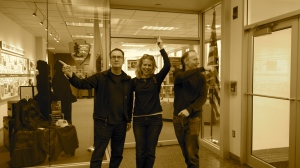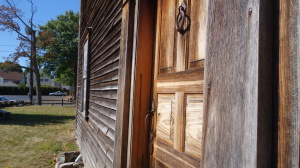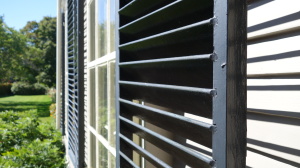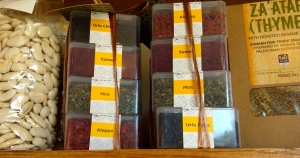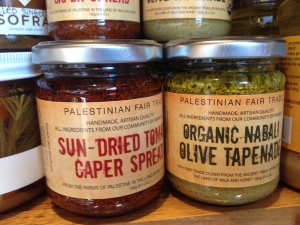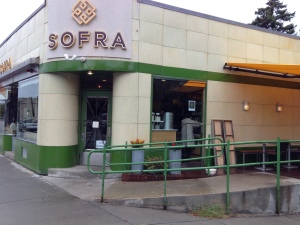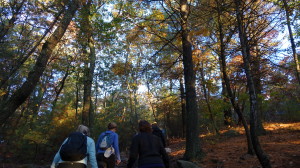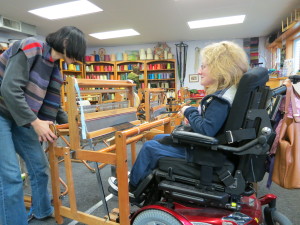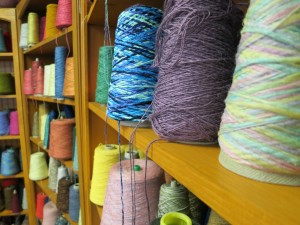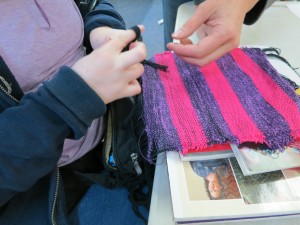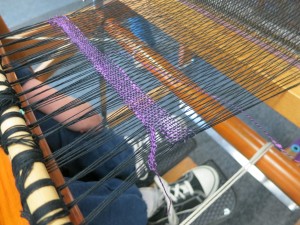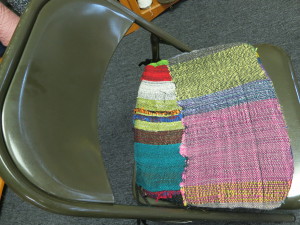Maybe you knew that sumac is an edible spice. I only learned this recently, and I just ate some. (Disclaimer: I bet you can’t go and pick the sumac off the tree in your backyard and roast it. But then again, maybe you can….my friend Lauren cooks with grape leaves she picks from a parking lot near her house.)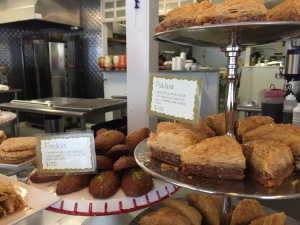
Seta’s Cafe opened in 2013 on Belmont Avenue in Belmont (right on the border of Watertown), and although I’ve only had one dining experience there, I’m already planning my return trip. Lunch today was Luleh Khorovats, which is ground lamb and beef, grilled with onion and spices (yes, sumac), served on homemade lavash bread. Seta serves brunch, lunch and dinner, and caters. This is an accessible place: parking lot behind the restaurant, ramped door, space between tables, room to place your order, and an accessible bathroom. I must return soon for brunch, because I cannot resist the allure of Foul Mudamas. (Isn’t language a beautiful thing?)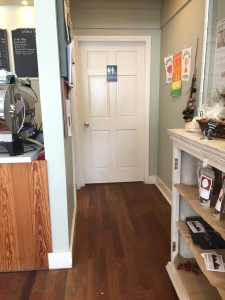
To round out your dining experience, you could visit the nearby Armenian Library and Museum of America (review coming next week). Tickets are on sale now for “Women of Ararat,” at the Arsenal Center for the Arts in Watertown on March 28th and March 29th. “Woman of Ararat” is a love story of a young couple, William and Julie, which also tells the story of Julie’s family, four generations of Armenian women living in Watertown. Later this spring is a centennial commemoration of the Armenian Genocide: on April 23rd, Trinity Church hosts a memorial service and on April 24th, there will be a procession leaving from the Massachusetts State House to Armenian Heritage Park.
Side note: I had no idea where the Armenian Heritage Park is, but I found out and look forward to going. With Marianne. Just as soon as the ice and snow melt. It’s on the Rose Fitzgerald Kennedy Greenway (the website claims the Greenway is fully accessible), near Faneuil Hall Marketplace and Christopher Columbus Park. World Labyrinth Day on May 2 might be a good time to visit, as the labyrinth looks beautiful and accessible.
In “About Us” on her website, Seta says “My baba (my father)…..would hand me a piece of the dough and say ” This is what the dough should feel like once it’s done” and so I learned to bake bread my grandfather made at his bakery in the Armenian Quarters in Jerusalem.”
I’d say she learned well. Dining at Seta’s cafe is an inviting, and accessible, first step into Armenian culture.
